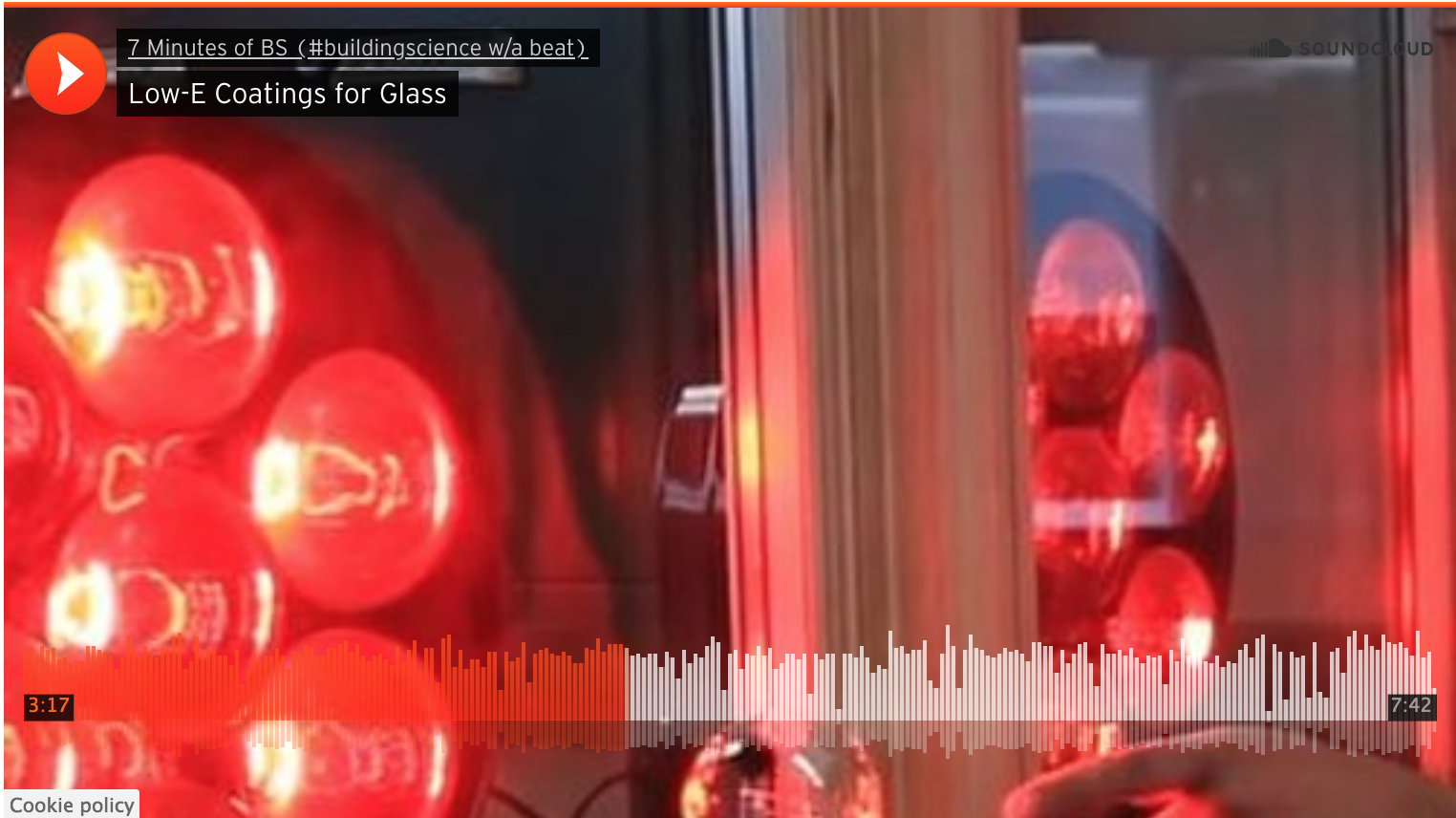For the price of a drywall repair, you can look inside walls with a thermal camera at insulation and air leaks
IR cameras can help improve your understanding of how air leaks work. Leaks are not usually as simple as a hole in the wall. John Snell, a weatherization expert and trainer in Barre, VT points out that many air leaks in houses are indirect—through ceiling sections or down knee walls and across a floor.
Infrared, or IR, cameras can help you get better at assessing energy issues of houses. Used in conjunction with other tools, like a blower door, thermal imaging can significantly improve your understanding—and avoidance—of energy leaks. Air leaks are found with a blower door sucking air out, so that cold air is sucked in through cracks, which the camera helps you see. It is a lot better better than a smoke pencil for looking for air leaks.
In order to work, a thermal imaging camera needs something thermal to image
IR cameras needs a temperature difference between inside and out in order to see something. At least 18 degrees F is ideal, but as you get good at it, you'll be able to dial in your camera with much less of a temperature difference.
In the meantime, pump up the heat or AC to create the temperature difference needed. It takes energy to save energy, right?
Other uses:
- Helps verify how well insulation is installed; it is great for monitoring insulation blow-in jobs to verify that the insulation is making its way into all of the empty spots.
- Significantly less invasive than cutting holes in the wall and looking with a flashlight.
- With the proper temp difference, you can see the framing members and obstacles to insulation.
How to use an IR Camera:
- Focus on the perp
- Adjust brightness and contrast or you won't see anything.
- Many cameras have an automatic mode which averages everything in the viewfinder. Outside, you may get a hot window and a cold sky in the frame, which will 'calibrate' everything you want to look at into the same shade of orange. To fix, reframe the shot to crop out the sky. Alternatively, go into manual mode and decrease the span to bring much more contrast into focus.
- Switching between wide angle and normal lenses brings more detail into focus.
Features to look for
- Sensitivity matters: Sensitivity 100 mili Kelvin or better (smaller number)
- Nothing smaller than 120x120 pixels
How to become an expert at it:
- Practice
—Thank you Montana Weatherization Center for doing such good work and sharing it with the crowd.












